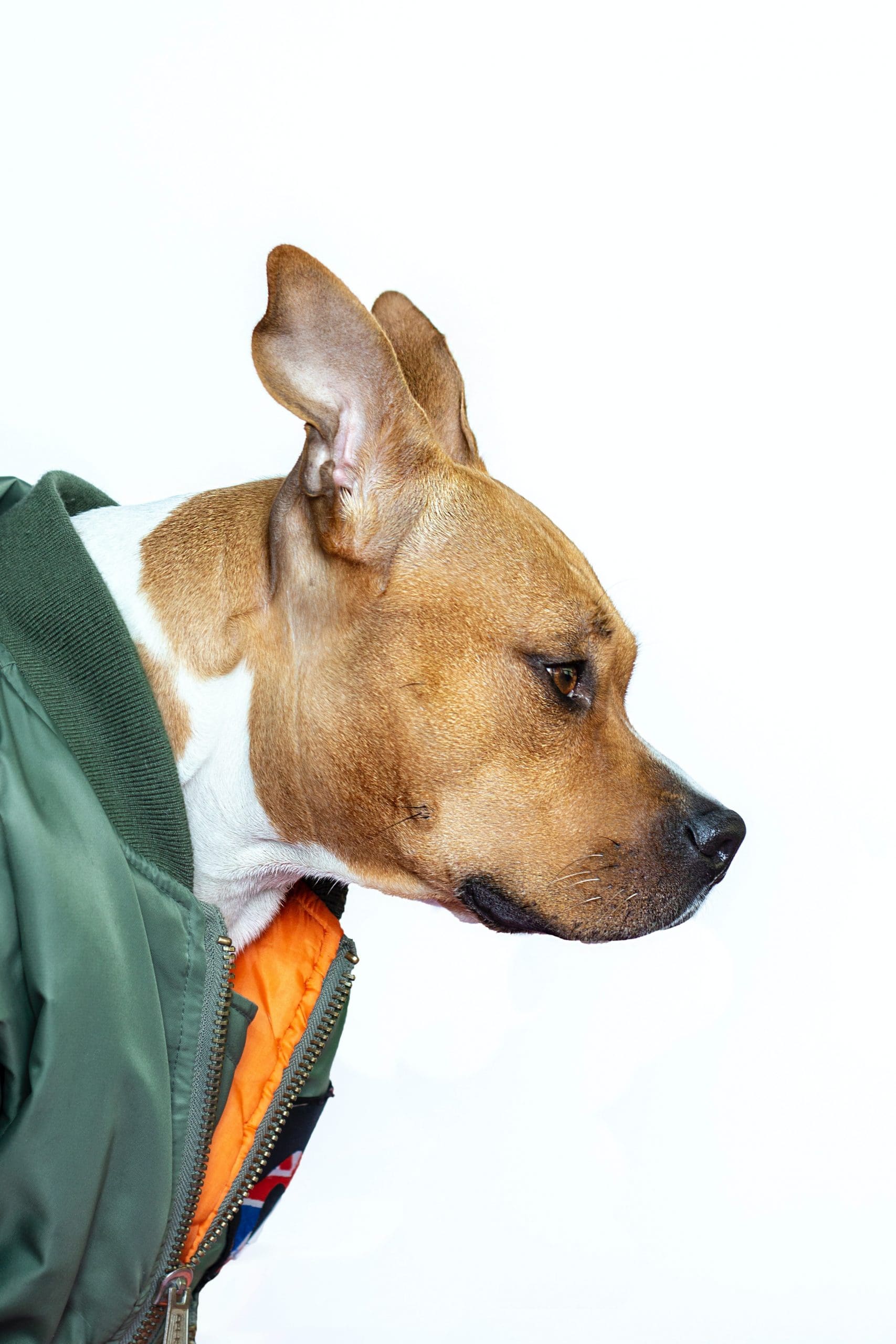Selecting the appropriate crate size for your dog is crucial for their comfort, safety, and overall happiness. Crates serve multiple purposes, such as training tools, safe spaces, and cozy resting spots. However, finding the right size can be a challenge, particularly for first-time dog owners or those with growing puppies. Understanding how to choose the right crate size fosters a positive environment for your furry friend.
Factors to Consider
When determining the right crate size, consider your dog’s breed, age, and weight. Different breeds vary significantly in size; while some dogs may fit snugly in a small crate, others require more room. For puppies, it’s tempting to purchase a larger crate for future growth, but doing so can complicate training and security.
Measuring Your Dog
The first step in choosing the correct crate is to measure your dog. Measure from the tip of their nose to the base of their tail for length, and from the ground to the top of their head when standing for height. Most crates come in different sizes, and knowing these measurements is key. Ideally, the crate’s length should be two to four inches longer than your dog’s length, and its height should exceed their height by a few inches.
Behavior and Habits
Observing your dog’s behavior is also essential. Some dogs prefer curling up when they sleep, while others like to stretch out. If your dog tends to curl up, a slightly smaller crate may suffice. However, if they prefer to sprawl, a larger crate may be necessary.
Purpose of the Crate
Consider the intended use of the crate. For training purposes, avoid choosing one that is excessively large. A spacious crate might encourage your dog to use one end as a bathroom and the other as a sleeping area, hindering the house training process. A properly sized crate allows your dog to stand, turn around, and lie down comfortably without too much extra space.
Adjustable Crates for Growing Puppies
Puppies grow quickly, making it vital to select a crate that can adjust with them. Many crates come with dividers that allow you to create a smaller space for your puppy, which can be expanded as they grow. This maintains the right size for training while accommodating their development.
Types of Crates
The type of crate can also dictate the size you need. Wire crates are typically adjustable, suitable for training and travel, offering good ventilation and visibility. Plastic crates provide a more enclosed environment, appealing to some dogs for security but possibly feeling cramped for larger breeds. Soft-sided crates are lightweight and portable, ideal for travel but not always suitable for dogs that chew or scratch.
Breed and Weight Considerations
When determining the appropriate crate size, consider your dog’s weight and breed category. Small breeds, like Chihuahuas or Dachshunds, need significantly less space than larger breeds, such as Great Danes or German Shepherds. Manufacturers often categorize crates by size—extra small, small, medium, large, extra-large, and giant—corresponding to specific weight ranges. Knowing your dog’s weight simplifies the selection process.
Special Needs and Individual Temperament
Some dogs may have unique needs that influence crate size. Dogs with anxiety or timid personalities might feel more secure in a smaller crate, while active, playful dogs may require more space to move around. Understanding your dog’s temperament aids in making an informed choice.
Positive Crate Association
Creating a positive association with the crate is vital. Encourage your dog to explore the crate at their own pace, using treats, toys, or bedding to make it inviting. Gradually increase their time inside to help them associate it with comfort and safety.
Incorporating the Crate into Daily Life
Integrating the crate into your dog’s daily routine can ease their adjustment. Making it part of their feeding schedule or using it during nap times can create a sense of normalcy. Proper training on entering and exiting the crate helps ensure a smooth transition.
Monitoring Behavior
Keep an eye on your dog’s behavior in the crate. Signs of distress, like excessive barking or attempts to escape, may indicate that the crate is too small or that they need more time to adjust. If necessary, reassess the size and make adjustments.
Patience and Consistency
Crate training requires patience, as each dog is unique. Consistent positive reinforcement for entering and staying calm in the crate helps foster a sense of security.
Crate Placement
Consider the crate’s location in your home. A quiet, low-traffic area provides a peaceful retreat. Avoid isolating your dog by placing the crate where they can feel excluded from family activities. Dogs thrive on interaction, so having their crate in a common area can help them feel included while maintaining their own space.
Seeking Professional Guidance
If uncertainty persists regarding the right crate size, many pet stores offer consultation services. Consulting your veterinarian or a professional dog trainer can also provide valuable insights tailored to your dog’s specific needs.
By understanding your dog’s size, behavior, and individual requirements, you can select a crate that offers a safe, comfortable space. A crate should never serve as a punishment; instead, it should be a haven that your dog learns to love. With the right crate, your dog can enjoy their cozy retreat, making life easier for both of you.



